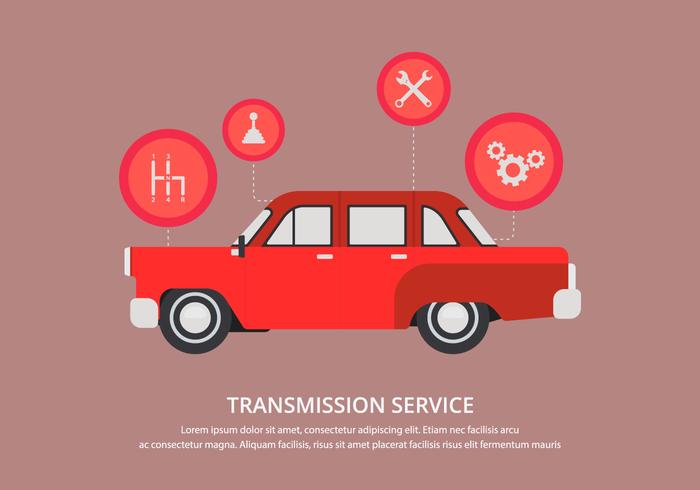Comprehending The Significance Of Your Cars And Truck'S Warning Signals: What They Actually Represent
Comprehending The Significance Of Your Cars And Truck'S Warning Signals: What They Actually Represent
Blog Article
https://brakelinefittings17395.blogvivi.com/32709799/analyze-your-lorry-s-requirements-to-discover-the-excellent-auto-outlining-solution-for-you-but-which-factors-will-absolutely-affect-your-choice -Faulkner Kejser
When you lag the wheel, those radiant warning lights on your control panel can be a little bit bewildering. Do you know what they're trying to inform you concerning your auto's wellness? Understanding the value of these lights is vital for your security and the longevity of your vehicle. So, the following time one of those lights pops up, would not you wish to understand its message properly and take the required actions to address it?
Common Caution Lighting and Interpretations
Recognize typical caution lights in your car and understand their definitions to guarantee secure driving.
One of the most common warning lights include the check engine light, which signals concerns with the engine or exhausts system. If this light comes on, it's crucial to have your car examined promptly.
https://seekingalpha.com/article/4472632-autozone-isnt-preferred-auto-repair-play alerting light suggests low oil stress, requiring instant interest to stop engine damage.
A blinking battery light might suggest a malfunctioning billing system, potentially leaving you stranded otherwise addressed.
The tire pressure surveillance system (TPMS) light signals you to reduced tire stress, impacting vehicle stability and fuel effectiveness. Overlooking this can lead to dangerous driving problems.
The abdominal muscle light indicates a trouble with the anti-lock stopping system, endangering your capacity to stop promptly in emergencies.
Finally, the coolant temperature level warning light warns of engine overheating, which can cause serious damages otherwise dealt with promptly.
Comprehending these typical caution lights will aid you deal with concerns without delay and maintain risk-free driving problems.
Relevance of Prompt Focus
Recognizing the common warning lights in your cars and truck is just the very first step; the importance of quickly dealing with these cautions can't be highlighted enough to guarantee your security when driving.
When a caution light illuminates on your control panel, it's your automobile's means of connecting a potential concern that needs focus. Neglecting these cautions can result in a lot more extreme issues later on, endangering your security and potentially costing you extra out of commission.
Trigger interest to warning lights can protect against failures and mishaps. For instance, a blinking check engine light can indicate a misfire that, if left ignored, might cause damage to the catalytic converter. Resolving this promptly can conserve you from a costly repair service.
In a similar way, a brake system advising light could indicate reduced brake liquid or worn brake pads, vital parts for your safety and security when driving.
DIY Troubleshooting Tips
If you observe a warning light on your control panel, there are a few DIY troubleshooting ideas you can try before seeking expert assistance.
The primary step is to consult your vehicle's guidebook to recognize what the particular caution light shows. In some cases the concern can be as basic as a loosened gas cap causing the check engine light. Tightening up the gas cap may deal with the problem.
One more common problem is a low battery, which can activate different advising lights. Inspecting the battery links for rust and guaranteeing they're safe and secure may repair the issue.
If a warning light lingers, you can try resetting it by disconnecting the automobile's battery for a couple of mins and after that reconnecting it. Furthermore, checking your car's fluid degrees, such as oil, coolant, and brake fluid, can help repair advising lights associated with these systems.
Conclusion
To conclude, recognizing your auto's warning lights is crucial for maintaining your vehicle running smoothly and securely. By quickly attending to these alerts and recognizing what they indicate, you can avoid costly repairs and prospective failures.
Keep in mind to consult your vehicle's handbook for specific information on each alerting light and do something about it appropriately to guarantee a hassle-free driving experience.
Keep notified, stay secure on the road!
